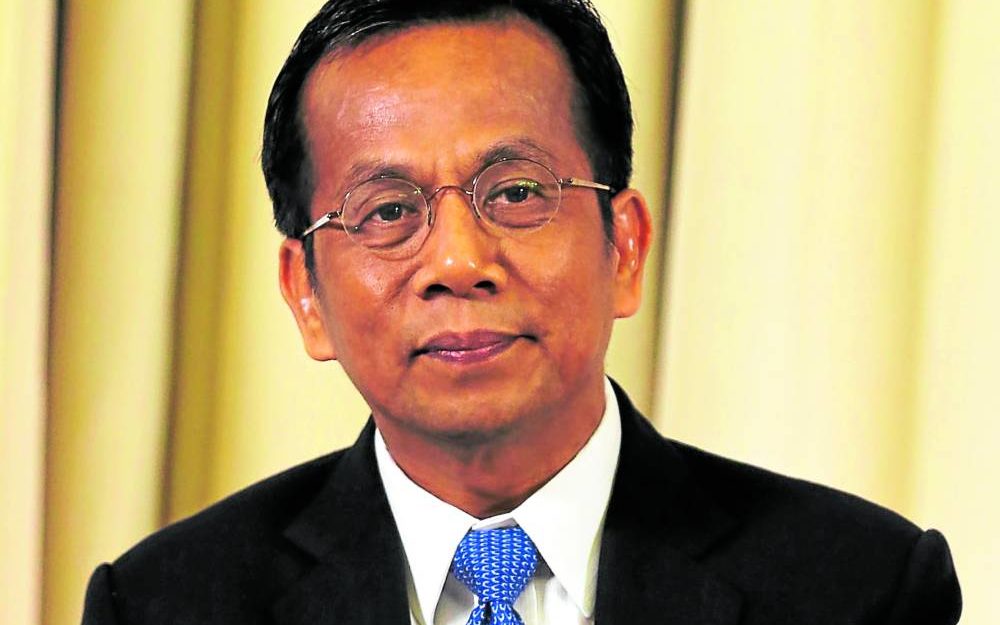2nd quarter economic growth slower than expected
The Philippine economy’s total output in the second quarter of 2023 grew moderately at only 4.3 percent—much slower than the growth rate in previous comparative periods and even the 6 percent that was the common forecast among private sector economists.
The second-quarter readout ran way behind the 7.5 percent recorded in the same period of 2022 and the 6.4 percent in the first quarter this year.
Still, the Marcos administration’s economic team—the secretaries of the Department of Finance, Department of Budget and Management and National Economic and Development Authority (Neda)—said the full-year growth target of at least 6 percent to 7 percent is still attainable.
Key contributors
“To achieve the target for the year, the country’s GDP (gross domestic product) needs to grow by at least 6.6 percent in the second half of 2023,” Secretary Arsenio Balisacan of Neda said in a press briefing.
National Statistician Dennis Mapa said all three major economic sectors posted growth—industry (2.1 percent), services (6 percent); and agriculture, forestry and fishing (0.2 percent).
Article continues after this advertisementThe main contributors, he said, were the activities of wholesale and retail trade (growing by 5.3 percent); financial and insurance activities (5 percent); and transportation and storage (17.3 percent).
Article continues after this advertisementBalisacan said the second-quarter results brought real GDP growth to 5.3 percent for the first semester of the year, when employment and jobs were at historic highs, tourism growth areas were back, investment registration activities significantly increased, and students returned to school.
He said these growth drivers were tempered by high commodity prices, the lagged effects of interest rate hikes, contraction in government spending, and slower global economic growth.
“We are already feeling the impact of the aggressive monetary policy tightening by the Bangko Sentral ng Pilipinas (BSP) and we may continue to do so until the end of this year,” Balisacan said.
Higher cost of loans
As the country emerged from restrictive pandemic measures, the BSP raised its benchmark interest rate by a total of 4.25 percentage points to 6.25 percent from a historic low of 2 percent.
The result is a higher cost of loans needed to finance the purchase of big-ticket expenses, such as vehicles and homes, as well as production assets and capital for businesses. Households and businesses are thus less keen on making such expenses.
Balisacan said that while government expenditure contracted by 7.1 percent in the absence of election-related spending in the first half of the year, it “will accelerate in the coming quarters” to allow the country to recover its growth momentum.
“To do this, we will accelerate the execution of government programs and projects, including the delivery of public services, under the 2023 national budget,” he said.
However, Budget Secretary Amenah Pangandaman has ordered national agencies to present a “catch-up plan,” considering that they were spending their budget allocations too slowly.
Row with China
The country’s largest business organization on Thursday said it was not optimistic that the country’s economic growth would fare better in the remainder of 2023, citing many challenges.
George Barcelon, president of the Philippine Chamber of Commerce and Industry (PCCI), said these headwinds include the rising cost of fuel.
“That has a downside effect. Things would be more expensive,” he told the Inquirer on Thursday.
The PCCI official also noted the country’s worsening maritime and diplomatic issues with China, which have again made headlines in recent weeks.
“All of these sentiments are giving a negative [perception] that things are not as smooth here. And so, for the second half, I am not optimistic,” Barcelon said.
